-
×
-
×
-
×
-
×
-
×
-
×
-
×
Golden Eyes Vampire Crab - Geosesarma Sp. - Decapod Crustacean 2 × £8.71
Subtotal: £309.68







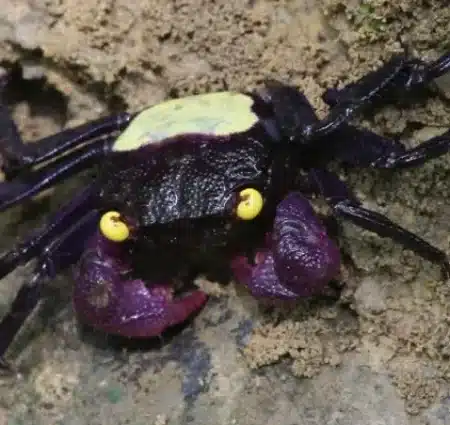 Golden Eyes Vampire Crab - Geosesarma Sp. - Decapod Crustacean
Golden Eyes Vampire Crab - Geosesarma Sp. - Decapod Crustacean 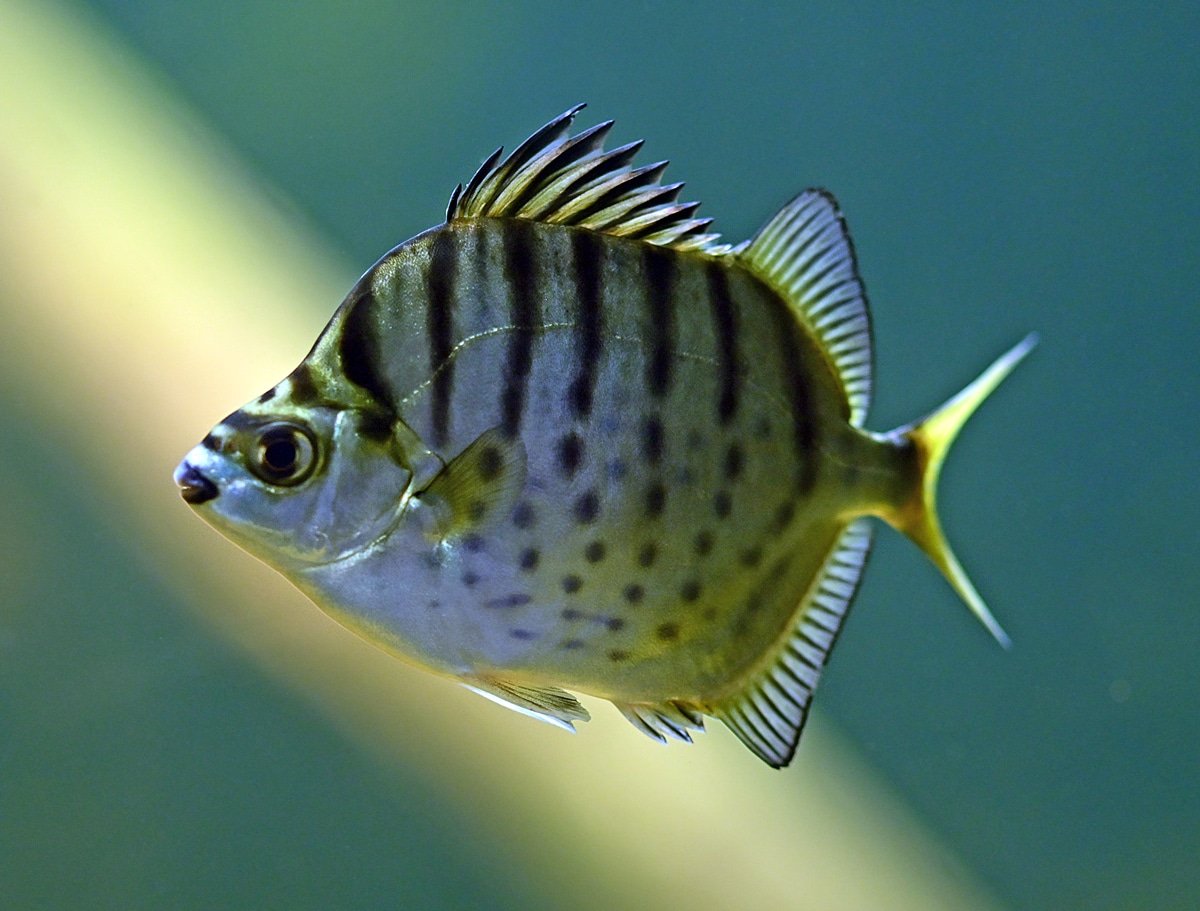
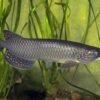


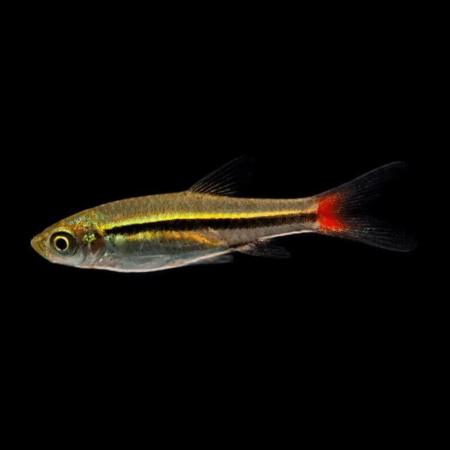

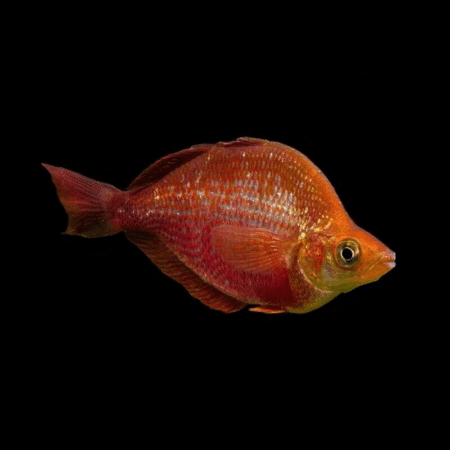
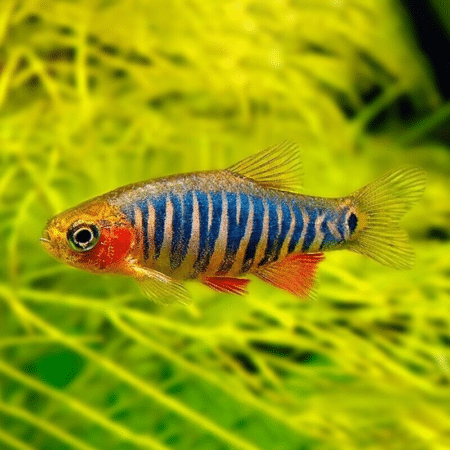
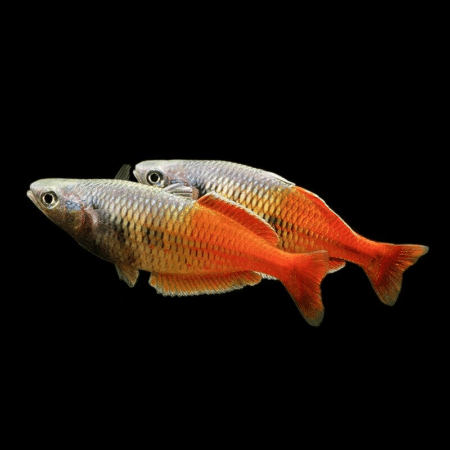


Emily Carter (verified owner) –
I recently added the Silver Scat ‘Spot-Banded’ (Selenotoca multifasciata) to my brackish aquarium, and I couldn’t be happier! After about two months of observing this beautiful fish, I can confidently say it’s a fantastic choice for any aquarium fish enthusiast. These little guys are not only stunning with their unique banding and bright colors, but they also have a gentle disposition that makes them great community fish.
I’ve noticed they thrive in a well-planted tank with some hiding spots, which helps them feel secure. They are surprisingly playful and social, often interacting with my other brackish fish. Compared to other species I’ve kept, the Silver Scat has shown a remarkable adaptability to my tank conditions.
That said, they do require a slightly higher salinity than some other pet fish, so make sure to monitor your water parameters regularly. Luckily, they seemed to settle in quickly, and I’ve had no health issues since their arrival, which speaks volumes to their hardiness. I’d highly recommend these fish for anyone looking to enhance their community tank with a bit of personality and charm. Just make sure you have the right environment for them, and you’ll be rewarded with their lively presence! Overall, they are a joy to keep, and I would definitely purchase more in the future.
Emily Sanders (verified owner) –
I recently purchased the Silver Scat ‘Spot-Banded’ (Selenotoca multifasciata) for my brackish aquarium, and I couldn’t be happier! These fish bring such charm and beauty to my setup. After just two weeks, I noticed how well they adapted; they swim gracefully among my aquatic plants and seem to enjoy their environment. I appreciate how they thrive in a community tank, coexisting peacefully with my other brackish species, which includes some mollies and a few gobies.
Compared to other community fish I’ve tried, the Silver Scat stands out for its unique coloration and active behavior—it’s like having a little piece of the ocean in my living room! My only minor concern is that they do need a bit more space than other fish, so I would recommend a larger tank for optimal happiness. Overall, if you’re looking to enhance your aquarium with a dynamic and visually stunning fish, I highly recommend the Silver Scat. They not only add beauty but also bring a lively energy that makes watching them a joy. You’ll love how they fit into your aquatic family!